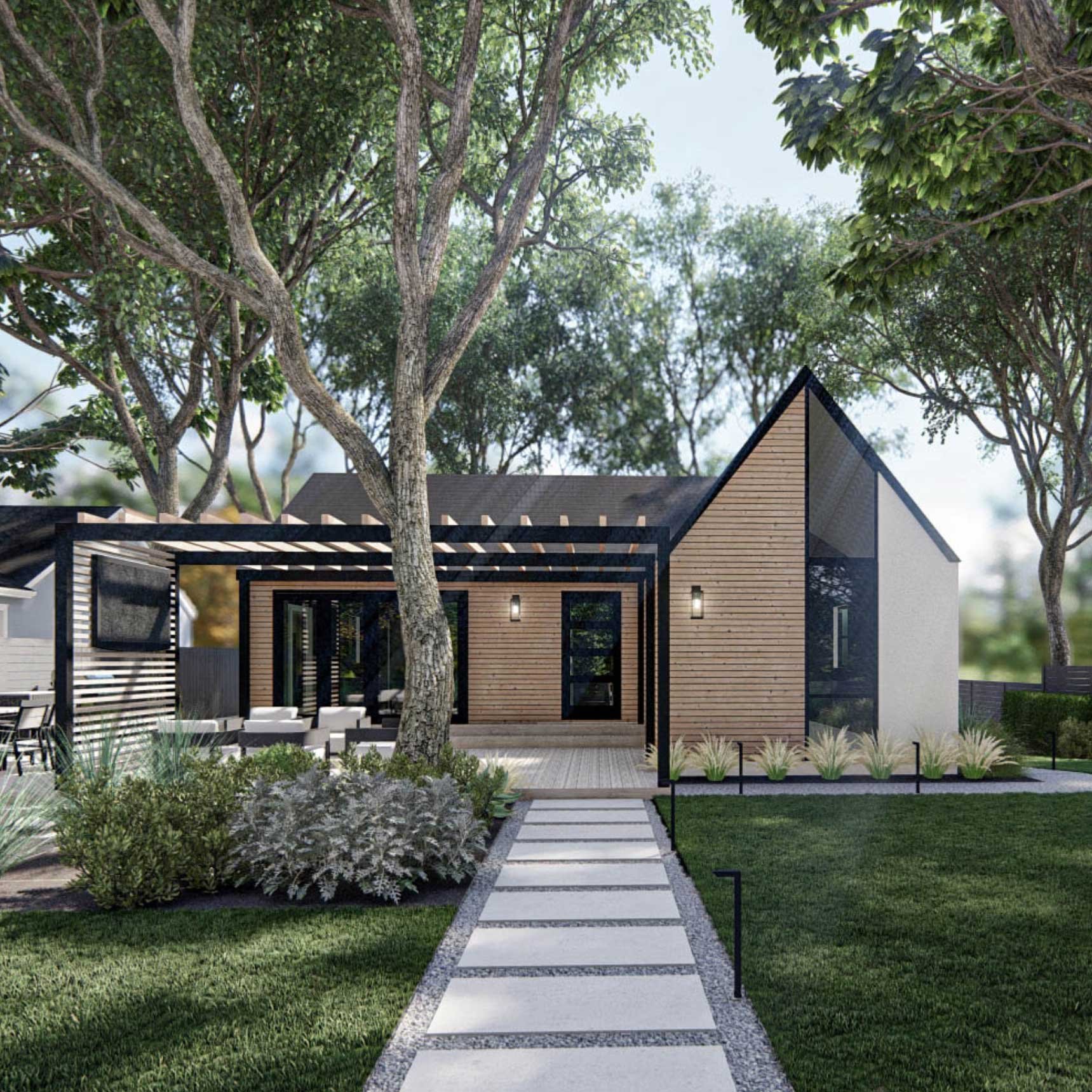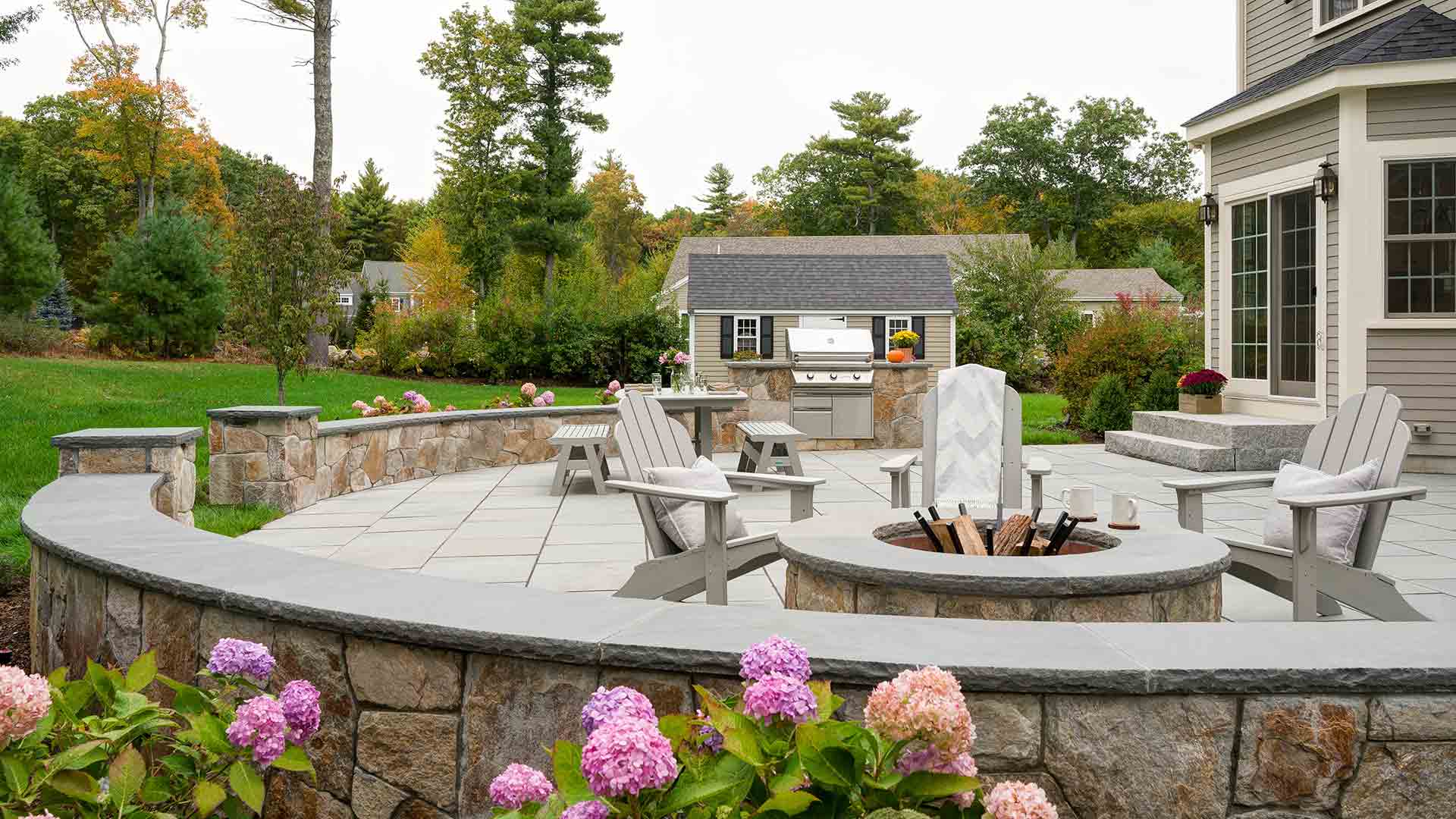Some Known Incorrect Statements About Landscapers
Table of ContentsThe Ultimate Guide To LandscapersHow Landscapers can Save You Time, Stress, and Money.Not known Factual Statements About Landscapers How Landscapers can Save You Time, Stress, and Money.The Single Strategy To Use For Landscapers
In the PNW there are semi-deciduous or semi-evergreen plants that may lose their fallen leaves depending on how cold the winter season is. - A flat gathering space, made of wood or composite product (made to look like timber), generally adjacent or affixed to a structure.

- Granite that is weathered to the point that it is a very great accumulation. This is an all-natural process, and the result can be utilized for paths and patios. Decomposed granite is typically described as DG. It is specifically valuable in modern landscapes. - Key landscape attributes being recommended in a landscape style strategy.
Rumored Buzz on Landscapers
These objectives direct the design process, not the developer's style or choices. Usual style objectives in Portland are reduced maintenance, drought tolerant, and animal pleasant. - Refine for getting rid of or thinning the dead lower level of a mature yard. Thatch is lawn that has died and collected below the environment-friendly blades.
Over time this layer can obtain very thick and make it challenging for water, sunlight, and nutrients to get to portions of the turf.- The process of accumulating and regulating the flow of water on a property. This can be finished with grading, French drains, completely dry wells, permeable surface areas, sump pump, rainfall yards, and extra.
- A slow feeding irrigation system that uses flexible tubes and emitters to send out an accurate quantity of water to each plant. - The capability of a plant to make it through without much summer water.
- A yard attribute where water is represented by an aggregate rock product, generally a crushed rock or granite. These are most generally discovered in modern and Japanese yard design.- A rock or natural flagstone patio area, course, or pathway developed without a concrete base. The base would be compressed crushed rock and the joints would certainly be an aggregate or walkable ground cover.
The Best Strategy To Use For Landscapers
- A stone maintaining or free standing wall developed without using mortar. A highly competent mason is required for a completely dry stack stone wall surface. The majority of walls in Portland are moist stacked, even if they show up to be. - An underground framework that accumulate water and permits it to slow percolate right into the soil around it.
Landscape layout that works with a websites' setting in both look and sustainability without adverse influences to the atmosphere. Bordering in the landscape is a line of separation that produces visual rate of interest in the yard by separating one section from an additional section. This can be visual or practical, maintaining one aspect (such as pea gravel) from obtaining combined into an additional (like bark dust).
Areas can also have a feeling of "room" provided by trees, other growings, fences, or displays. The landscape near the access to a structure. A tree, shrub or creeping plant, trained to expand on a wall or fencing into a specific pattern. Particularly helpful for fruit trees, making it simple to collect the fruit and consisting of mess.
A plant that is foreign to the area where it will be planted. Not all "exotics" are invasive or damaging, and lots of can be well behaved or drought forgiving (Landscapers). A mass planting Check Out Your URL of brushes. Thicker bladed turf yard that spread out through rhizomes.: The level of dirt on your building before bark dirt or garden compost is spread.
The 6-Second Trick For Landscapers

The function, factor, or activity that an area is be landscaped for. Stairways operate, for instance, to allow foot traffic backwards and forwards a slope. Area for growing plants for viewing, consuming, or physical activity. A roofed building used over an exterior gathering space. The growing of a seed, perhaps referring to a grass that is being grown from seed.
Rock product, either rounded or fractured, that is relatively little- typically 1" or much less. Low plants that are permitted or encouraged to spread out over an area. Can describe any kind of "tough" yard elements consisting of statuary or boulders however a lot of typically is utilized to describe paths, outdoor patios, and walls.: Elevation distinction in between the level of water in a pond (or the degree of the pump if it sits outside the pond) and the top outlet of water which impacts efficiency of the water pump in gph (gallons per hour). Thick shrubs or trees that create a fencing, screen, or border.

4 Easy Facts About Landscapers Explained
A more kicked back yard controlled by curved as opposed to straight bed lines and a less stiff structure. Standard PNW landscapes a knockout post are casual. A plant that spreads greater than desired, or into habitats where it does damage. Rose city has a checklist of intrusive plants that must not be mounted in landscapes because they can infect woodlands or waterways and be hard to regulate.
Can include head placements and protection, pipeline sizing, GPM specs, and products required to mount this system. Certified professional who designs landscapes, schooled in design and architecture as well as in horticulture.
The professional who intends and develops landscape projects, usually at a household or small commercial degree with the significant layout impetus on go to this web-site growings. Landscape developers commonly have less education than Landscape Architects and are not certified. A finished landscape style, describing all aspects for the new landscape. This normally takes the form of a drawing on paper.
A water limited HDPE material used below fish ponds, streams and waterfalls in water attributes. Making use of lots of plantings of the exact same variety to fill in an area in the landscape.